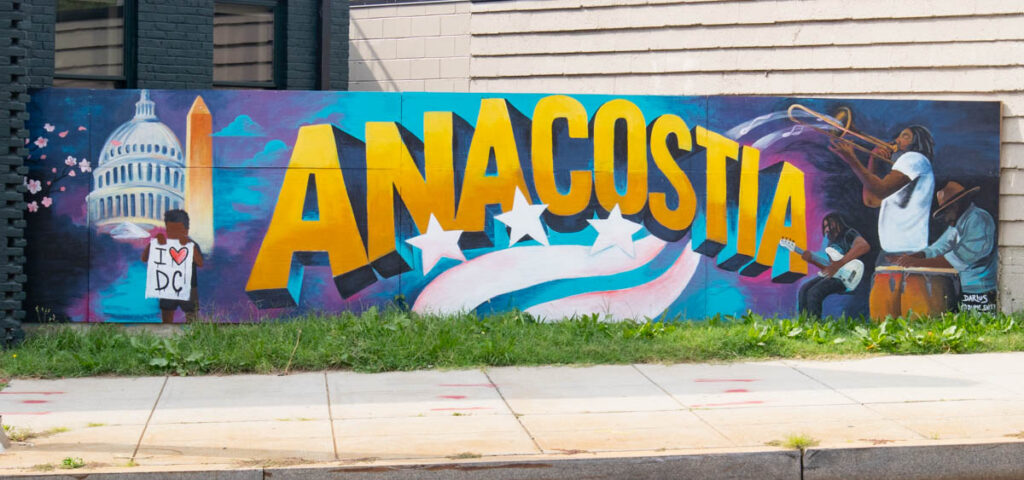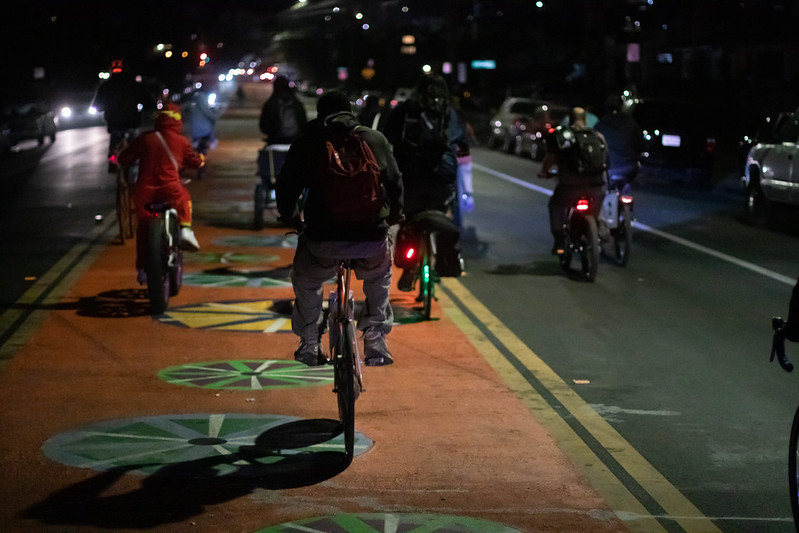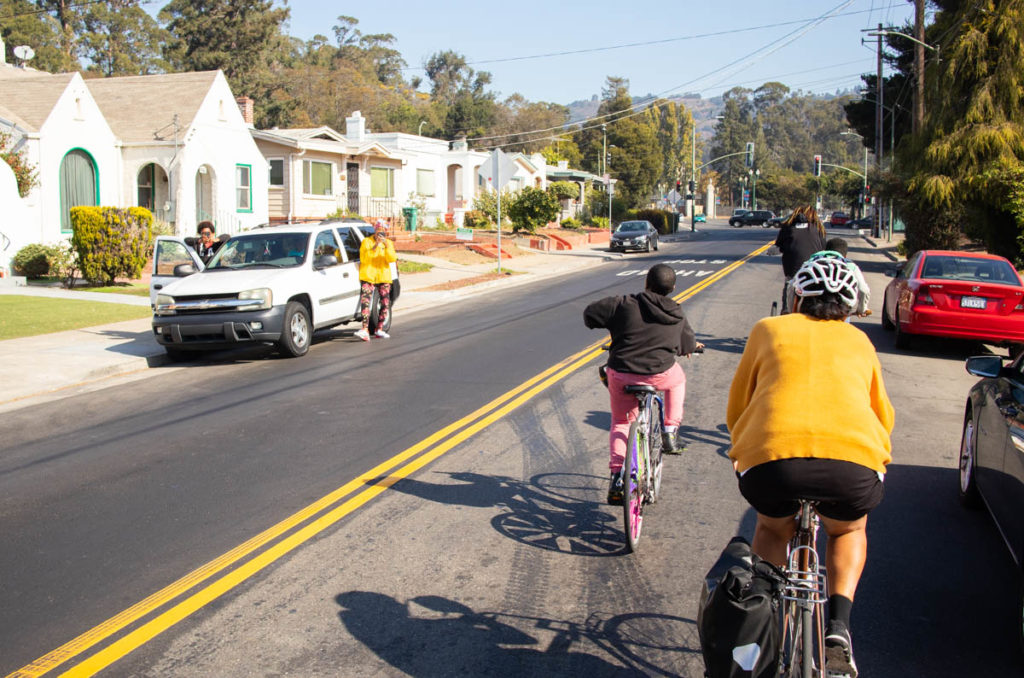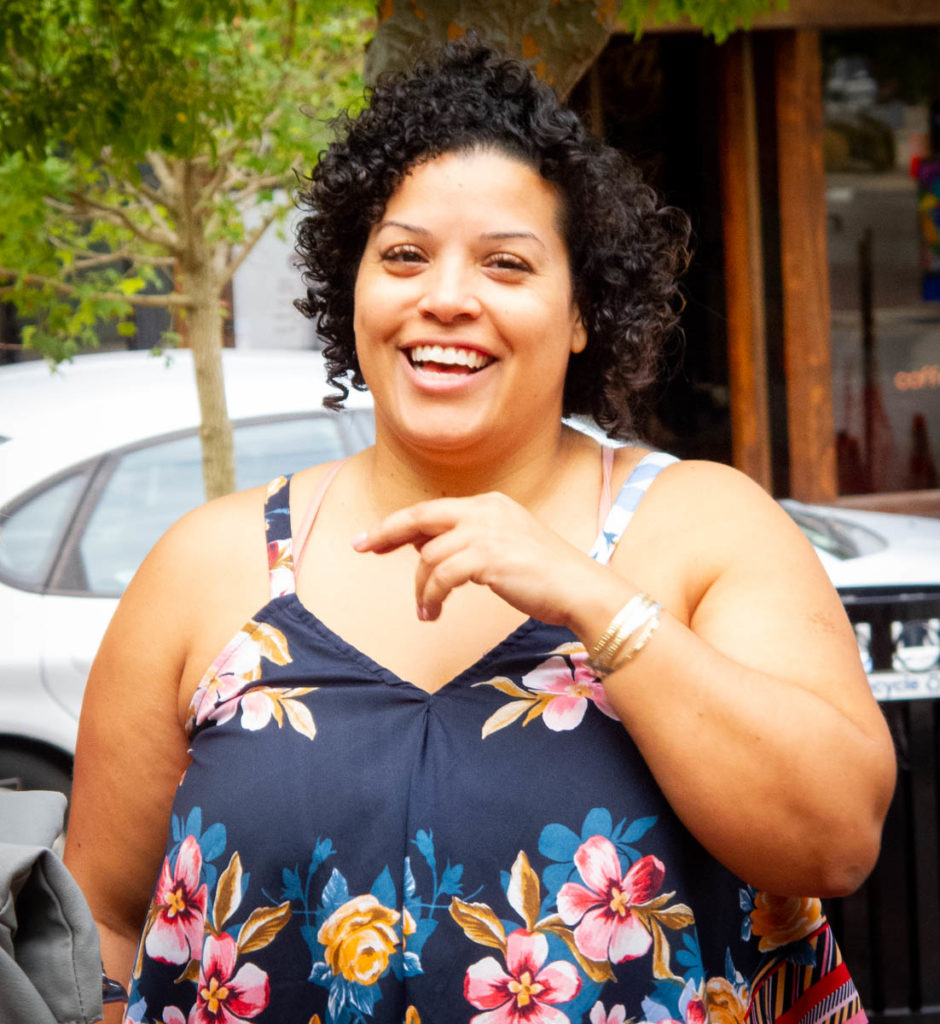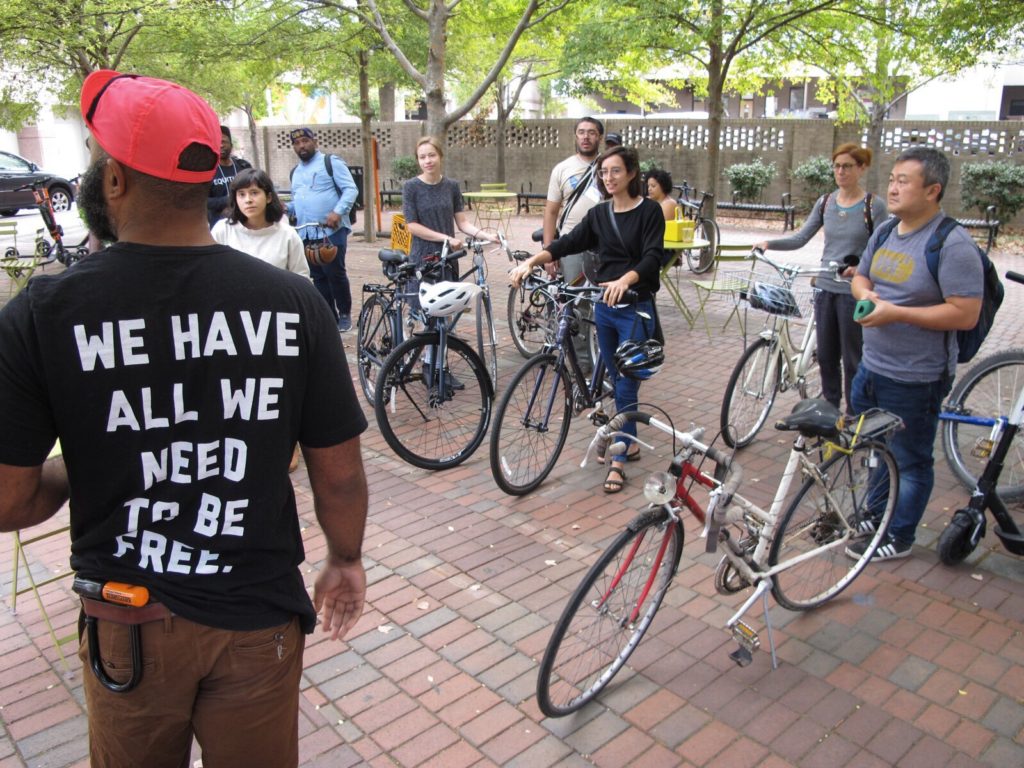The Bike Lab visits Anacostia
In my series on neighborhood change along streets named for MLK, Washington, D.C.’s Anacostia neighborhood was identified as notable; between 2000 and 2017, Anacostia saw Black population increase, while median income also increased. That unusual pattern could represent development without displacement, the Holy Grail of community and economic development. The bicycle is the Bike Lab’s preferred data-gathering tool, so on a visit to DC, I had to roll through the neighborhood to get a better sense of it.

